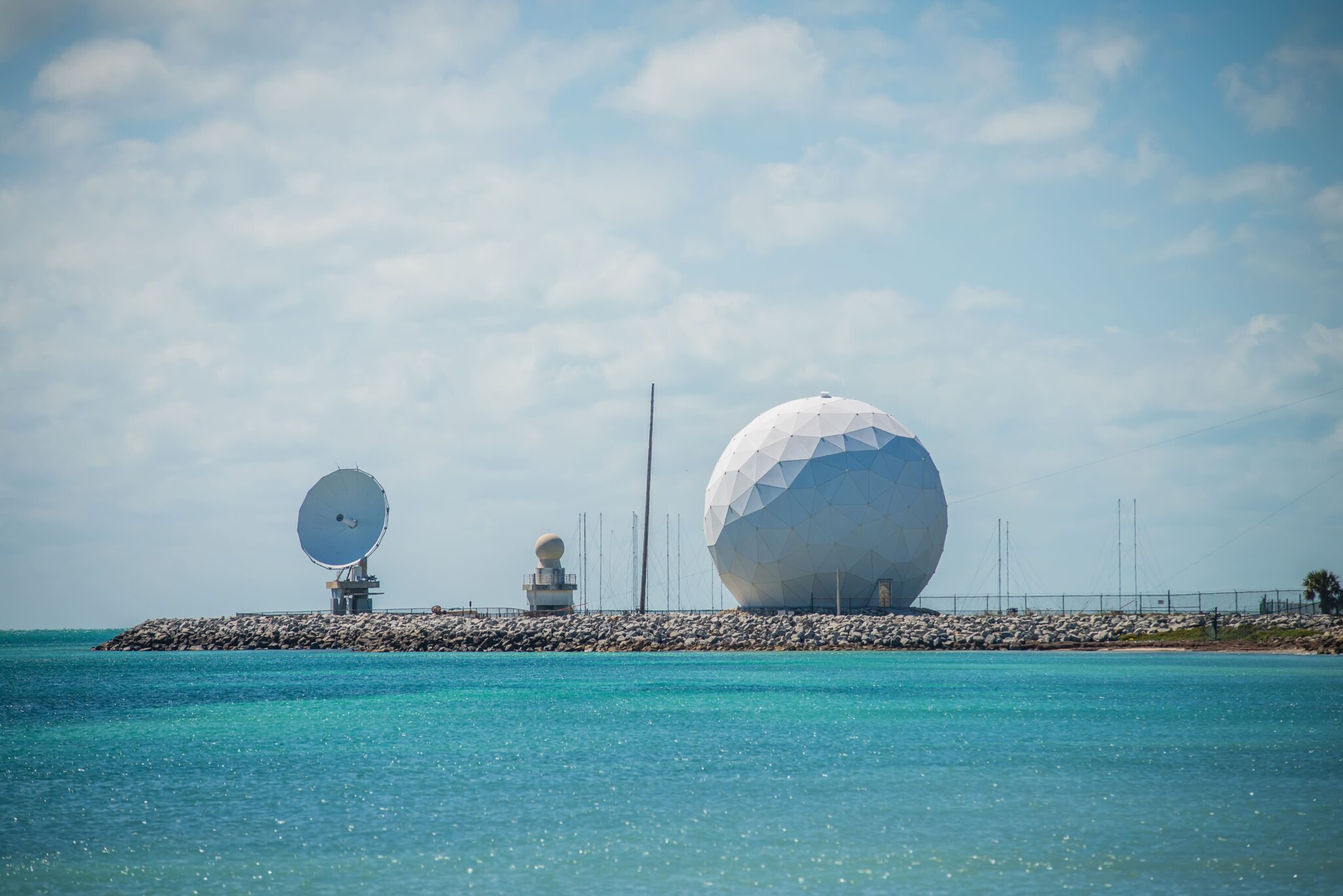Airborne Electronic Warfare

Airframe Communications
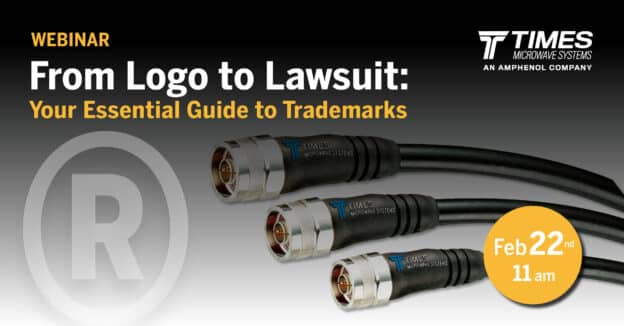
From Logo to Lawsuit: The Essential Guide to Trademarks Webinar Summary
From Logo to Lawsuit: The Essential Guide to Trademarks Webinar Summary
Summary
This webinar details the critical importance of trademarks in maintaining product integrity, avoiding legal issues, and ensuring distinct brand recognition. In today’s market, ensuring you get genuine, high-quality coaxial cables and assemblies is crucial. Knowing how to spot potential trademark infringement helps customers avoid counterfeit cables. View the session for an in-depth look at trademark guidelines, infringement consequences, and the best practices for trademark usage.
Watch the video or read the session notes below.
Session Notes
Trademarks help ensure customers are getting a genuine, quality product and avoid costly problems and replacements. They aren’t simply a legal formality; they represent a brand’s quality and reputation. Understanding and adhering to trademark guidelines helps us maintain the value of Times Microwave Systems’ assets, prevent market share loss to counterfeit products, and ensure that customers receive genuine quality products.
The differences between patents, trademarks, and copyright can cause confusion. Patents protect inventions, copyrights protect original works of authorship, and trademarks protect a brand’s identity. Understanding these differences helps safeguard intellectual assets and ensures products stand out for their quality.
Using Trademarks
The symbols TM and ® are often used next to brand names and logos, signify trademarks, but they carry different meanings and legal weight. TM can be used by anyone for any word, phrase, symbol, or design they claim as their own unregistered trademark. It serves as a warning to potential infringers and gives notice about the owner’s intent to claim the mark. The ® symbol can only be used for registered trademarks after a successful application process with the appropriate trademark office. The owner can take legal action against anyone who uses the registered mark without permission, potentially seeking damages and an injunction to stop the infringement.
The proper trademark symbol must be used on the first instance of the term on a page (ex. in the heading). When using a registered trademark from Times Microwave Systems, either below the use or at the bottom of the page, a statement of trademark ownership must be included. For example: LMR® is a registered trademark of Times Microwave Systems.
Trademarks should always be used as adjectives, not nouns, to maintain their strength and distinctiveness. For more information on the specifics of how to use trademarks, click here.
Part numbers are also protected by trademarks if they incorporate a trademarked term. For raw cables and connectors, a distributor, reseller, or partner can use a part number containing trademarks only when they can provide proof the products are purchased directly from us. For cable assemblies, trademarked terms and part numbers can only be used when all components are purchased from us and proper assembly procedures are followed.
Competitors and unauthorized resellers cannot use our trademarks. In these instances, a letter of cease-and-desist will be sent, followed by legal action.
Identifying Fakes and Clones
Fake or clone cables damage more easily or contain faulty components, and between the cost for replacement materials and the labor for reinstallation, the initial savings are gone.
To verify you’re getting a genuine LMR cable, look for:
- Registered trademark symbol
- Times Microwave Systems name
For more detailed information on fakes and clones, read our blog here.
Reporting Infringement
We classify infringers into two categories:
- Trademark misuse: When a distributor, reseller, or partner is selling authentic products but using our trademarks incorrectly. In these instances, we will provide additional training and guidance to correct the misuse.
- Trademark infringement: When a distributor, reseller, or partner is selling alternatives, fakes, or clones, they CANNOT reference our trademark names. We track all of these violations in addition to a cease-and-desist letter and reporting infringement to the United States Patent and Trademark Office (USPTO).
Keep an eye out for unauthorized uses of our trademarks, especially on social media, e-commerce websites, and search engines. Look out for similar brand names, logos, or products that could cause confusion among consumers.
To report potential trademark infringement or ask a question about proper use of trademarks, contact us at [email protected]
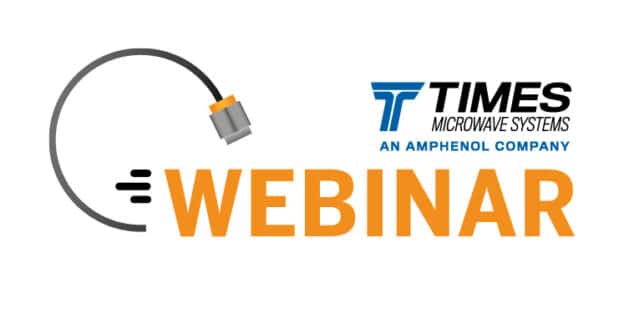
Upcoming Webinar
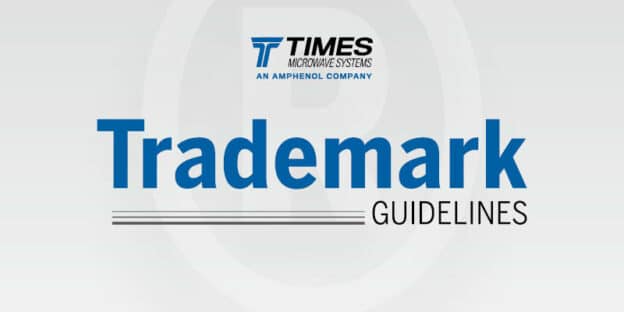
Trademark Usage Guidelines
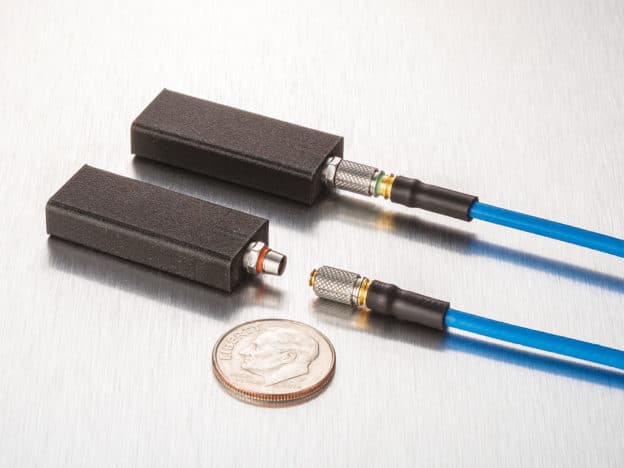
Aerospace and Defense Applications Push Connector Boundaries and Require New Solutions
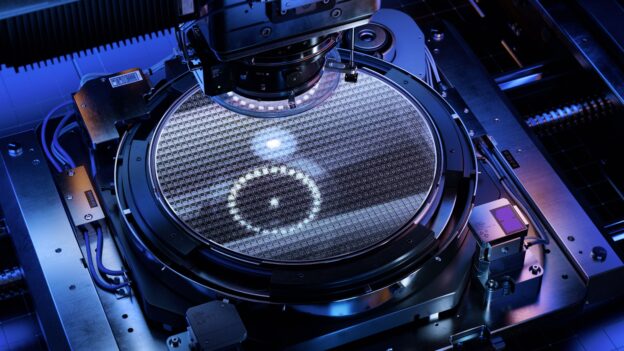
Wafer Fab Equipment
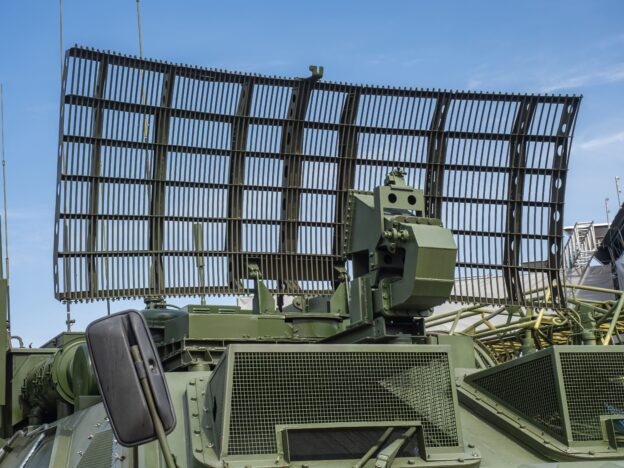
Directed Energy Weapons

High Energy Physics

Industrial RF Energy
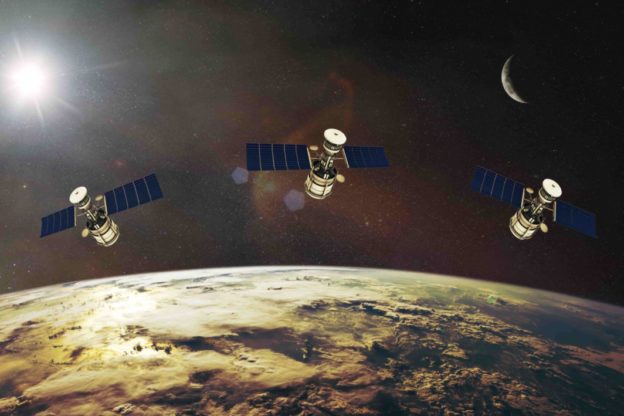
Connecting Commercial Space: Next-Generation RF Cable Assemblies Tailored to Meet Demanding Low-Earth Orbit Satellite Applications
Connecting Commercial Space: Next-Generation RF Cable Assemblies Tailored to Meet Demanding Low-Earth Orbit Satellite Applications
Maria Calia, Director – Space and Missiles
Times Microwave Systems
Originally published with Connector Supplier
The commercial space industry is going through exponential growth, fueled in part by low-earth orbit (LEO) satellite applications. LEO satellites operate at lower altitudes and travel at high speeds around the Earth, in contrast to the traditional GEO (Geostationary Orbit) satellites used by government agencies such as NASA.
Each LEO satellite completes an orbit in less than two hours and covers only a small area of the Earth’s surface at a given period of time, due to its proximity—only 500-2,000 km—to the planet. This concentrated field of view results in a shorter communication latency, making LEOs ideal for applications that require real-time data transmission and global coverage. For example, companies like Amazon (Project Kuiper) and SpaceX (Starlink) are launching thousands of LEO satellites to provide global broadband internet coverage. Thousands must be launched into orbit, one following the other, to create “constellations” that ensure consistent and comprehensive coverage.
When it comes to achieving fast, reliable communication and high-performance operations, the RF cable assemblies used in LEO satellites play a crucial role. RF interconnects act as the vital bridge between many critical systems, including payload, communications, signal transport, and processing.
However, the extreme environmental conditions of space present unique challenges. That’s why material selection is essential when choosing a coaxial cable assembly for LEO satellites. Factors including radiation resistance, shielding effectiveness, outgassing, and whiskering must be evaluated, as well as cable performance parameters such as phase stability over temperature, stability over flexure, and attenuation.
Materials selection
The materials used within the cable in an RF assembly significantly impact its performance. For example, cable assemblies for commercial space applications can be subjected to 30 Mrads of radiation and temperatures anywhere between -90 °C to 150 °C. Therefore, the materials used within the cable must be able to withstand extreme conditions. To ensure optimal performance, the following factors must be considered.
Radiation resistance
Radiation exposure can change the cable dielectric and degrade electrical performance. The cable location within the system determines how much radiation it will be exposed to.
Depending on construction, different cables will be rated to withstand varying amounts of radiation. System designers carefully mitigate radiation exposure within the satellite through the use of metal shields to keep components, including RF cables, below the total exposure limits. Sometimes, however, critical cables have to be routed without shielding to remote locations. For example, RF cables exiting the safety of the bus to reach a remote antenna will be exposed to increasing amounts of radiation. They must be protected or constructed using materials that will be affected less than plastic polymers.
Shielding effectiveness
Cables must have effective shielding to prevent electromagnetic interference (EMI). EMI is an undesirable phenomenon when an outside signal or source causes a disturbance. Without effective shielding, cable assemblies would have to be kept a greater distance apart to avoid EMI, which isn’t possible in densely packed systems like LEO satellites. Cables constructed using internal multiple shields are better at mitigating EMI.
Outgassing
When exposed to a vacuum environment, many non-metallic materials outgas. This includes plastics commonly used in coaxial cables, such as PTFE, FEP, and PE. Emitted gases can recondense on critical components and degrade performance. Materials used for cables and assemblies going into space must meet industry standards for low outgassing.
Whiskering
Tin is commonly used in solders for coaxial connector terminations. Metals such as pure tin can grow whiskers in vacuum and high-temperature environments and are generally prohibited from spaceflight use. Coaxial cable assemblies must be built with tin/lead solder alloys to avoid whiskering. For LEO applications, smaller diameter RF cable assemblies minimize the number of solder joints and are designed to fit in tight spaces.
Cable performance
Maintaining cable performance once an assembly is installed is necessary for the function of a LEO satellite. Three major parameters that influence cable performance include phase stability, stability over flexure, and attenuation.
Phase stability over temperature
Both polytetrafluorethylene (PTFE) and TF4 dielectric cables are fit for commercial space applications, but each dielectric has its place depending on the requirements of the specific use case. PTFE has a high melting point along with excellent dielectric properties, making it popular in many microwave applications. However, around 19 °C, PTFE exhibits a non-linear change in phase known as the “knee.” This phase change is problematic for applications where phase stability is crucial.
Proprietary fluorocarbon dielectrics such as TF4 can mitigate the issues PTFE presents regarding phase stability over temperature. TF4 eliminates the non-linear phase performance that occurs between 15 °C and 25 °C.
Stability over flexure
In tight or in-the-box spaces, cable flexibility is crucial for routing. However, a flexible cable needs to maintain stable performance over flexure.
Attenuation
The conductivity of the conductors, the diameter of the cable, and the dielectric constant are three properties that define the attenuation, or signal loss, of a coaxial cable.
High-conductivity materials, such as silver and copper, provide low attenuation per unit length but are often heavy or expensive. Lighter materials such as aluminum and stainless steel reduce overall mass but are poor conductors. Cable manufacturers frequently optimize conductor designs by cladding or plating a lightweight, low-cost base metal with higher-conductivity copper or silver for the RF path.
Larger-diameter cables provide lower attenuation per unit length than comparable smaller-diameter cables, but this comes at the cost of increased weight and a wider minimum bend radius. Larger cables cannot be bent as tightly; a tight bend will cause the cable to kink or become oblong, causing an impedance mismatch and excessive return loss.
A lower-loss dielectric generally will be lighter because it incorporates more air. More air in the dielectric materials lowers the effective dielectric constant, meaning the transmitted signal encounters less resistance or loss, making performance closer to the ideal of a wave traveling in a vacuum.
Innovations in cable and connector technologies for commercial space from Times Microwave Systems
LEO satellite applications can be very different from a design perspective than their GEO counterparts. One key difference is faster development times, which means readily available cable assemblies are a must-have for rapid product development and testing. Once testing is complete, these solutions should be easily customizable to meet the unique needs of different applications.
Traditional semi-rigid RF cable technology may not be suitable for smaller LEO satellites—where space constraints are significant—due to routing limitations and the need for flexibility during installation. The InstaBend® Space cable assembles are a new class of compact and flexible RF cable and connector technologies specifically designed for small satellites and similar applications. These innovative solutions can be easily routed through tight spaces without compromising performance or reliability.
These highly flexible cables can bend closely behind the connector, allowing maximum routing flexibility in small spaces like interconnects between RF circuit cards, modules, and enclosure panels. The essential advantage lies in the unique clamp technology, which eliminates the need for solder connections traditionally found in larger-diameter cable assemblies. They also offer a comprehensive solution with a triple-shield construction, broad frequency range, and exceptional durability.
A phase stable option of this type of cable assembly is also available. InstaBend PhaseStable assemblies are low-loss, ultra-flexible foam-core micro coaxial cables that eliminate the PTFE phase change around 19°C, making it ideal for applications demanding stable phase performance over temperature. This high-performance cable has the same triple-shield construction as several of our popular cables, along with a broad frequency range and strong durability. Both types of InstaBend space assemblies are designed to withstand extreme conditions in space and function continuously over a long period.
Furthermore, low-loss RF cables are crucial for LEO applications, as they can reliably maintain signal integrity over long distances. This is particularly important when transmitting high-frequency signals, as losses can degrade the signal quality, leading to errors or data loss. Low-loss RF cables also minimize power losses during signal transmission, ultimately ensuring that transmitted signals reach their destination with minimal loss in power or quality.
An example of an ultra-low-loss assembly that can meet the needs of commercial space applications is MaxGain Space assemblies, a range of high-performance coaxial cable assemblies built with a unique spiral outer conductor technology. This lightweight cable construction produces a reliable, high-frequency interconnect solution suited for applications like LEO satellites where low loss and high performance are required.
However, it is important to note that even though the design approach differs, RF assemblies used in commercial space applications are still required to meet the rigors of the environment, including the considerations outlined above. Working with a supplier with a large manufacturing footprint, extensive heritage, and access to the right materials and technologies is recommended to provide the best solution.
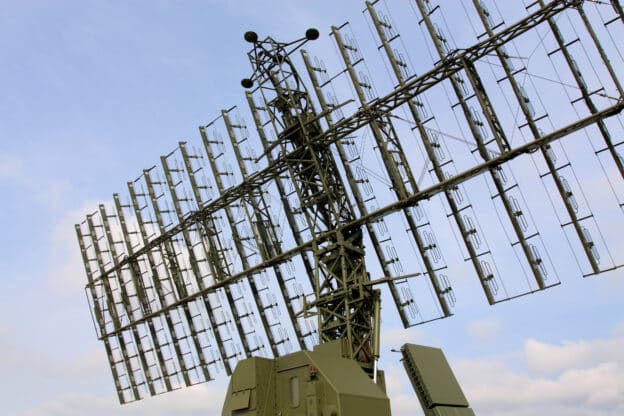
Phased Array Radar

Shipboard Radar
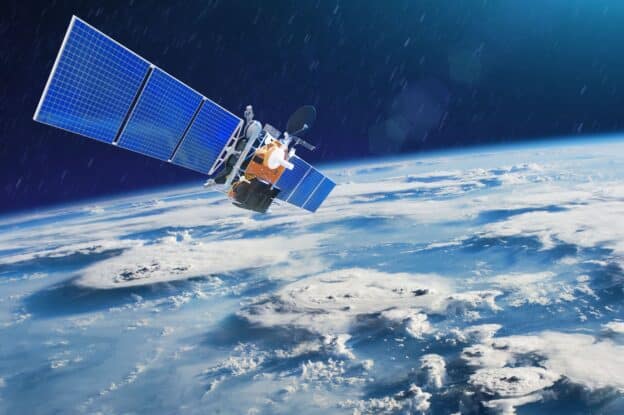
Space-Based Radar
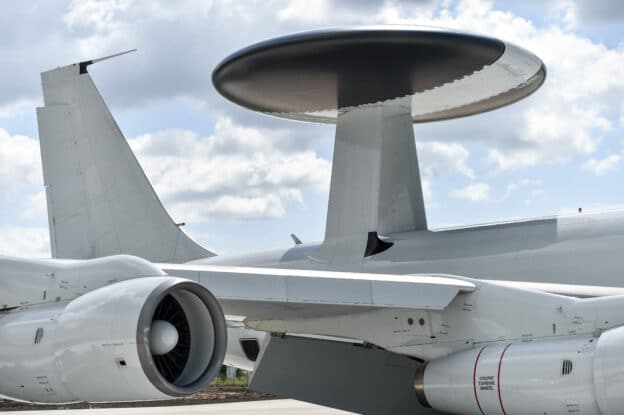
Airborne Radar
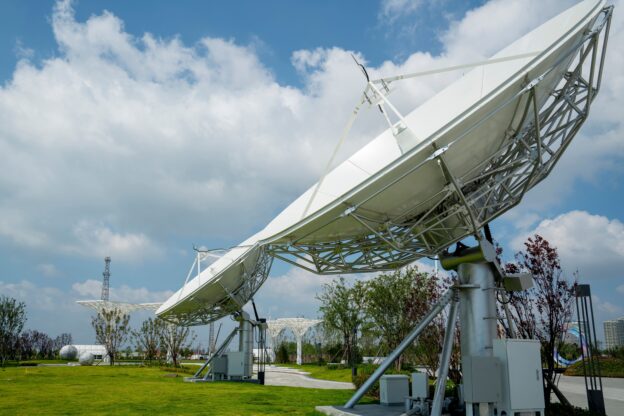
Ground Radar
